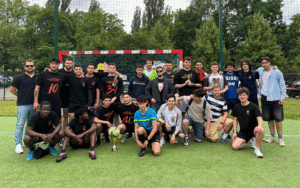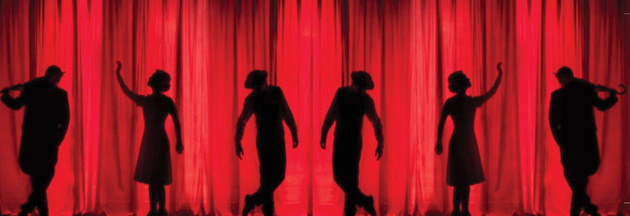Field day at PJAIT, ATA and SWPS

We would like to invite you to a lecture by Dr. Oliver Schürer entitled. "Ningyō and Automata", which will take place on April 10, 2025 at 6:00 pm at the Austrian Cultural Forum (7/9 Próżna St., Warsaw).
The lecture will be in English, and admission is free for all interested parties.
Between the 17th and 18th centuries, two cultures - quite independently of each other - were fascinated by the mechanics of dummies to give the impression of real characters. Japanese Bunraku theater, a puppet theater for adults, used mechanically sublime puppets (Ningyō). Their principles of operation (mechanics) later proved important for the automation of Japanese industrial production (Karakuri). In Europe, mechanical dolls (Automata) became direct precursors to industrial machinery, leading to the creation of devices such as the mechanical loom (Vaucanson's).
Both cultures - through the use of autonomously moving dummies - wanted to give illusory phenomena the character of living and actually existing. However, they expressed very different cultural ideas through this.
In Japan, the ensemble of Uemura Bunrakuken (1751-1810) created Bunraku theater, an art form that highlights the tensions of an individual trying to navigate between social tasks and personal desires. In Europe, Jean Paul studied the chess automaton (the so-called Mechanical Turk) of Austrian diplomat Wolfgang von Kempelen (1734-1804). Observing the relationship between humans and dummies, Paul developed a satire on free will, creating the term "Doppelgänger," which became important in psychology and art in the 20th century.
Both cultures used their insights to develop increasingly complex mechanics that led to the Industrial Revolution and then to automated industry, today's Industry 4.0. But at the same time, they retained their different original approaches to technology.
